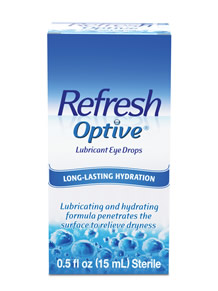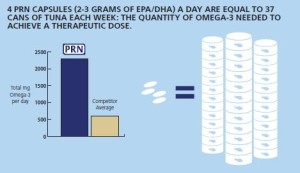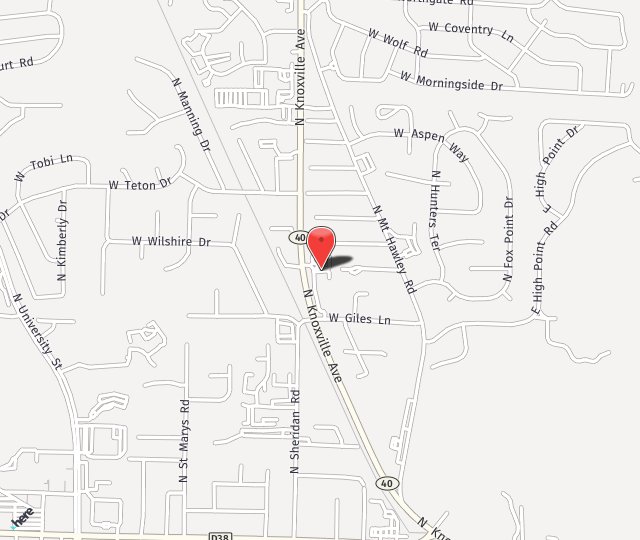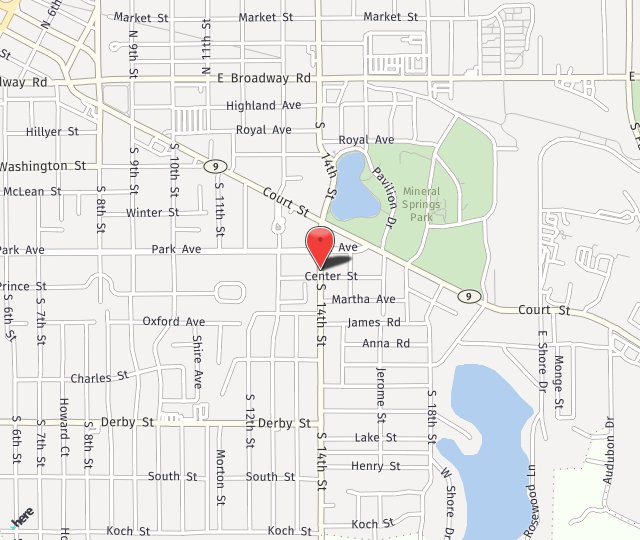It sounds crazy. Your eyes are wet, but the doctor tells you they’re dry. Nevertheless tearing, intermittent blurriness or a foreign body feeling all are signs of the dry eye syndrome.
One way to test yourself to see if you have dry eyes is to assess your response to a heavy dose of artificial tears. Every two waking hours for a week put an artificial tear (like Optive or Systane) into each eye. If your symptoms are less (and even if they are not gone) you have dry eyes. If you’re not sure after a week, stop the drops. If your symptoms worsen, you have dry eyes.
Not all tears are the same:
The first type, called lubricating tears, is produced slowly and steadily throughout the day. Lubricating tears contain a precise balance of mucous, water, oil, nutrient proteins, and antibodies that nourish and protect the front surface of the eye.
The second type of tear, called a reflex tear, does not have much lubricating value. Reflex tears serve as a kind of emergency response to flooding the eye when it is suddenly irritated or injured. Reflex tears might occur when you get something in your eye, when you’re cutting onions, when you’re around smoke, or when you accidentally scratch your eye. The reflex tears gush out in such large quantities that the tear drainage system can’t handle them all and they spill out onto your cheek. Still another cause of reflex tearing is irritation of the eye from lack of lubricating tears. If your eye is not producing enough lubricating tears, you have dry eye.
Symptoms of Dry Eye:
- Watery eyes
- The feeling that there’s sand in your eyes
- Eyes that itch and burn
- Vision that becomes blurred after periods of reading, watching TV, or using a computer
- Red, irritated eyes that produce a mucus discharge
Causes of Dry Eye:
- Age: As we get older, glands in the eyelid produce less oil. Oil keeps tears from evaporating off the eye. Decreased oil production allows tears to evaporate too quickly, leaving the eye too dry.
- Diseases including diabetes, Sjogren’s and Parkinson’s
- Hormonal changes, especially after menopause
- Prescription medications: These include some high blood pressure medications, antihistamines, diuretics, antidepressants, anti-anxiety pills, sleeping pills and pain medications. Over-the-counter medications including some cold and allergy products, motion sickness remedies, and sleep aids can also cause dry eye.
- Hot dry or windy conditions: High altitude, air-conditioning and smoke can also cause dry eye.
- Reading, using a computer or watching TV
- Contact lenses
- Eye surgery: Some types of eye surgery, including LASIK can aggravate dry eye.
- Inflammation: Recent research suggests that dry eye may be caused by inflammation due to an imbalance of “good” fats and “bad” fats.
Diagnosing Dry Eye:
Your eye doctor can check for dry eye by examining your eyes with magnifying instruments, measuring your rate of tear production and checking the amount of time it takes for tears to evaporate between blinks. The doctor can also check for pinpoint scratches on the front surface of the eye caused by dryness using special, colored eye drops call fluorescein or Rose Bengal.
The increasing prevalence of dry eye disease is precisely why Bond Eye Associates became certified by TearLab as an ‘Accredited Dry Eye Center’. As an Accredited Dry Eye Center, the staff at Bond Eye Associates is dedicated to providing the highest quality of dry eye care by using advanced ophthalmic diagnostic techniques and treatments. One of the latest devices in dry eye technology is the TearLab Osmolarity System. By using the TearLab, Accredited Dry Eye Centers like Bond Eye Associates can quickly and painlessly measure a small sample of a patient’s tears to determine how dry they truly are.
Dry Eye Treatment:
- Artificial Tears: Artificial teardrops can help make up for the lack of natural lubricating tears. Artificial tear products come in liquid form, longer lasting gel foam and long-lasting ointment form, which is most often recommended for nighttime use. Many different brands of artificial tears are available over-the-counter. Some contain preservatives and some do not. Unpreserved tears may be recommended for people whose eyes are sensitive to preservatives. We recommend using artificial tears at least four times during the day, even if you have no symptoms (a drop before going to bed does not help much). Waiting for your eyes to bother you before using tears is like waiting for your teeth to hurt before brushing. It won't work because by the time you have symptoms your tear film has broken up. It might take days to reestablish it.

- Using Omega-3 Fatty Acids: Omega-3 fatty acids are available in fish oil pills, flaxseed oil pills, krill oil or Dry Eye Omega PRN (available through our office). Each of these is available over the counter. Omega-3 fatty acids have anti-inflammatory properties which help dry eye patients, although it may take months before one sees a response.
Why PRN?
In the world of nutritional supplements, PRN stands alone. PRN is committed to providing products with unmatched purity and potency. PRN has partnered with the world’s leading doctors and provides products only under the recommendation of a physician. PRN’s commitment to helping patients lead healthy and fulfilling lives is supported by superior formulations.

Superior Formulations
PRN omega-3 products contain both a high amount of DHA and EPA, which are natural anti-inflammatories that support healthy cellular function. These ingredients work from within the body to reduce systemic inflammation. At PRN, our omega-3 products are in their natural triglyceride form, the same form that the omega-3 fatty acids (EPA and DHA) are in when we absorb them from eating fish.

Most other fish oil products are low quality, unpurified, or are sold in a synthetic, ethyl ester form. This form, which is more difficult to absorb, can leave a fishy odor or after-taste. It could take up to 40 synthetic capsules to equal the same therapeutic benefits found in just four capsules of PRN’s condition-specific products.
One very helpful treatment is punctal occlusion. This is an office procedure which stops the outflow of tears from your eyes, enabling you to reduce the number of tears you need to take. For appropriate patients, Restasis is an excellent addition to artificial tears.
There are now two medicated eye drops on the market that is proven to effectively treat the cause of Dry Eye Disease rather than only temporarily alleviate symptoms.
Other Eye Conditions Commonly Experienced with Dry Eye:
When infection, inflammation of the eyelids (blepharitis) or clogged oil glands contribute to dry eye, special lid cleaning techniques or antibiotics may be recommended. If the blepharitis is not treated along with the dry eyes, you probably won't experience the relief you want.
Hot packs used for 15 minutes daily, are an effective treatment for many causes of blepharitis. It may also help to avoid hot, dry or windy environments or to humidify the air in your home or office.
Research is underway to test the effectiveness of anti-inflammatory medications and nutrients called fatty acids for treating dry eye. This research could lead to new treatment options in the near future.


